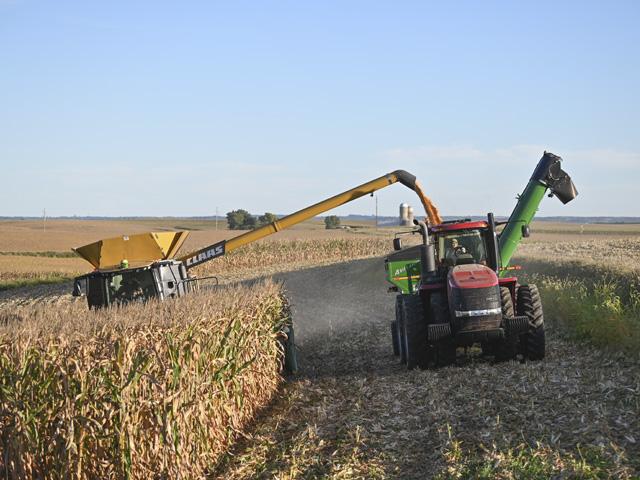We'd Like To Mention
Expect the Unexpected
As farmers prepare for spring planting, there are plenty of dark clouds on the horizon to damper optimism. Regardless of the type of seed in the planter box, most will struggle to break even this year. Instead of growing green crops, farmers will be sowing red ink on every acre.
Growers and leaders of farm organizations testified before Congress in February about the tough times in rural America. For many, 2025 is a continuation of financial hardship going back to 2023. They urged legislators to pass a new farm bill with a stronger safety net, including higher reference prices and improvements to crop insurance.
Meanwhile, USDA released its most recent farm income estimates. As DTN Senior Farm Business Editor Katie Dehlinger reports, "USDA forecasts climbing farm income in 2025, but it's due to a dramatic increase in government payments, not better prices or a higher volume of sales." Specifically, net farm income is estimated at $180.1 billion, a nearly 30% increase from 2024. Read more at https://www.dtnpf.com/…
Costs for most inputs are expected to decline, seed being the exception. However, with low commodity prices, it's not significant enough to improve producer margins. Overall animal/animal product receipts are expected to be higher than last year.
Such a formidable financial outlook creates uncertainty. And, with uncertainty comes risk, which is why it's critical to manage what you can control and minimize the potential damage for what you can't.
BE ON THE LOOKOUT
Preplanning and crunching the numbers will show your operation's projected profit and loss. However, your financial fortunes can quickly change if unforeseen or unpredictable events occur. These events usually have negative consequences and require you to keep your senses up. Two to keep on your radar in 2025 are:
P[L1] D[0x0] M[300x250] OOP[F] ADUNIT[] T[]
-- TARIFFS AND TRADE --
Levying tariffs on some of U.S. agriculture's best customers -- Canada, China and Mexico -- raises the risk of a tariff and trade war. Certainly, China's unfair trade practices need to be addressed, but imposing tariffs has consequences for America's farmers, as we saw during President Donald Trump's first term.
A USDA report showed retaliatory tariffs by China and other countries from the summer of 2018 through the end of 2019 resulted in U.S. agricultural export losses exceeding $27 billion, with China accounting for about 95% of the value lost.
Trade wars raise concerns about the reliability of U.S. supply. This creates an incentive for countries such as China to look to alternative supply chains, a role South America is more than happy to fill.
The share of U.S. soybean exports to China increased from below 40% in the mid-2000s to around 60% from 2011 until plummeting to just 18% during the trade war in 2018. China's share of U.S. soybean exports hasn't fully recovered to pre-trade war levels, averaging just over 50% since 2020, according to an analysis by University of Illinois ag economists.
-- INTEREST RATES AND INFLATION --
The Federal Reserve Board at its January meeting voted to hold interest rates steady following three cuts since September 2024. Borrowing costs remain a major concern for farmers as higher rates increase expenses and affect cash-flow.
The intertwining intricacies of these two economic indicators have far-reaching consequences for domestic/global outcomes and policies. Throw in politics, and the possible effects become even more unpredictable. Questions to ponder:
-- What effect will a trade/tariff war have on interest rates and inflation? Ag exports?
-- If inflation and interest rates increase, what effect will they have on global trade? Farmers' financial stability?
-- Will the dollar weaken or strengthen versus other currencies? A strong dollar helps to dampen inflation but makes U.S. exports more expensive.
There's no doubt 2025 is shaping up to be financially challenging. Unknowns can make the risks even higher. But, expecting the unexpected will help you develop a game plan to counteract unforeseen consequences.
**
-- Email Gregg Hillyer at gregg.hillyer@dtn.com, or follow Gregg on social platform X @GreggHillyer
[PF_0325]
(c) Copyright 2025 DTN, LLC. All rights reserved.




